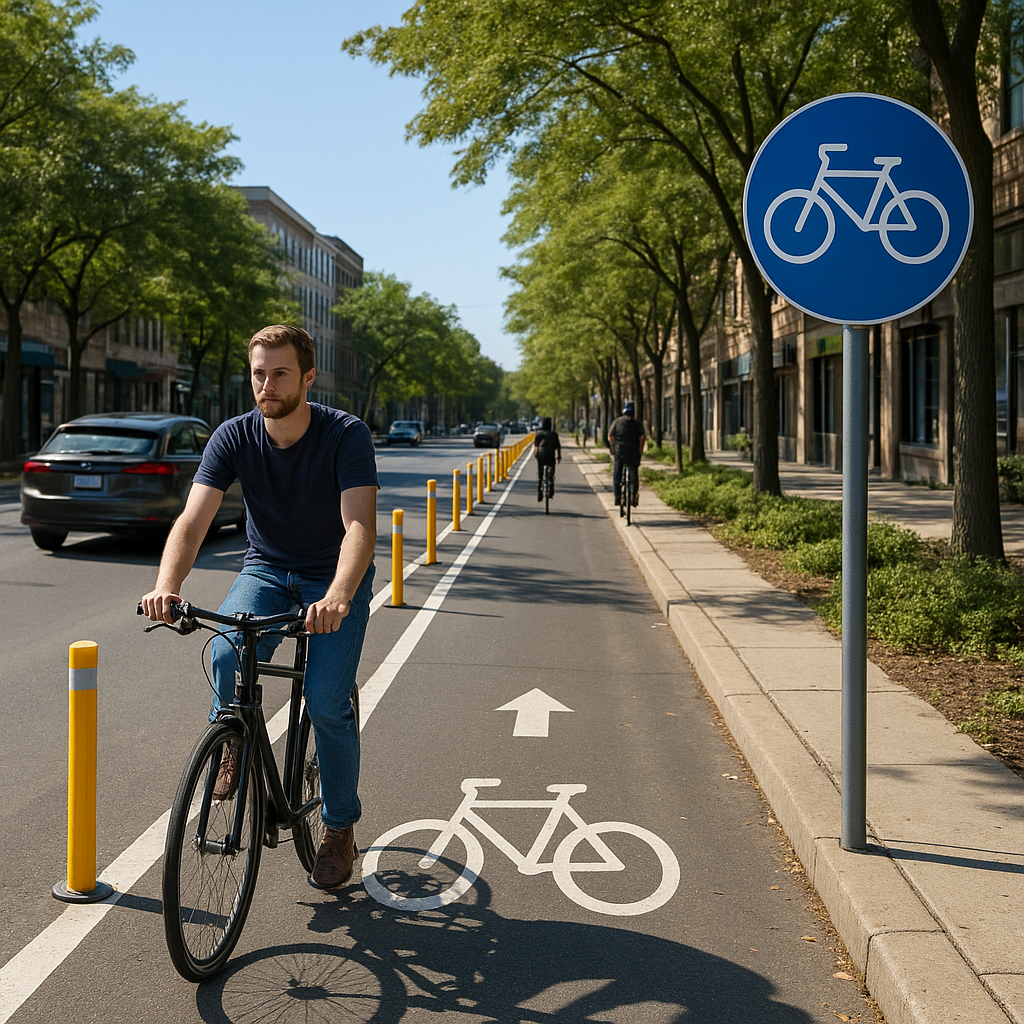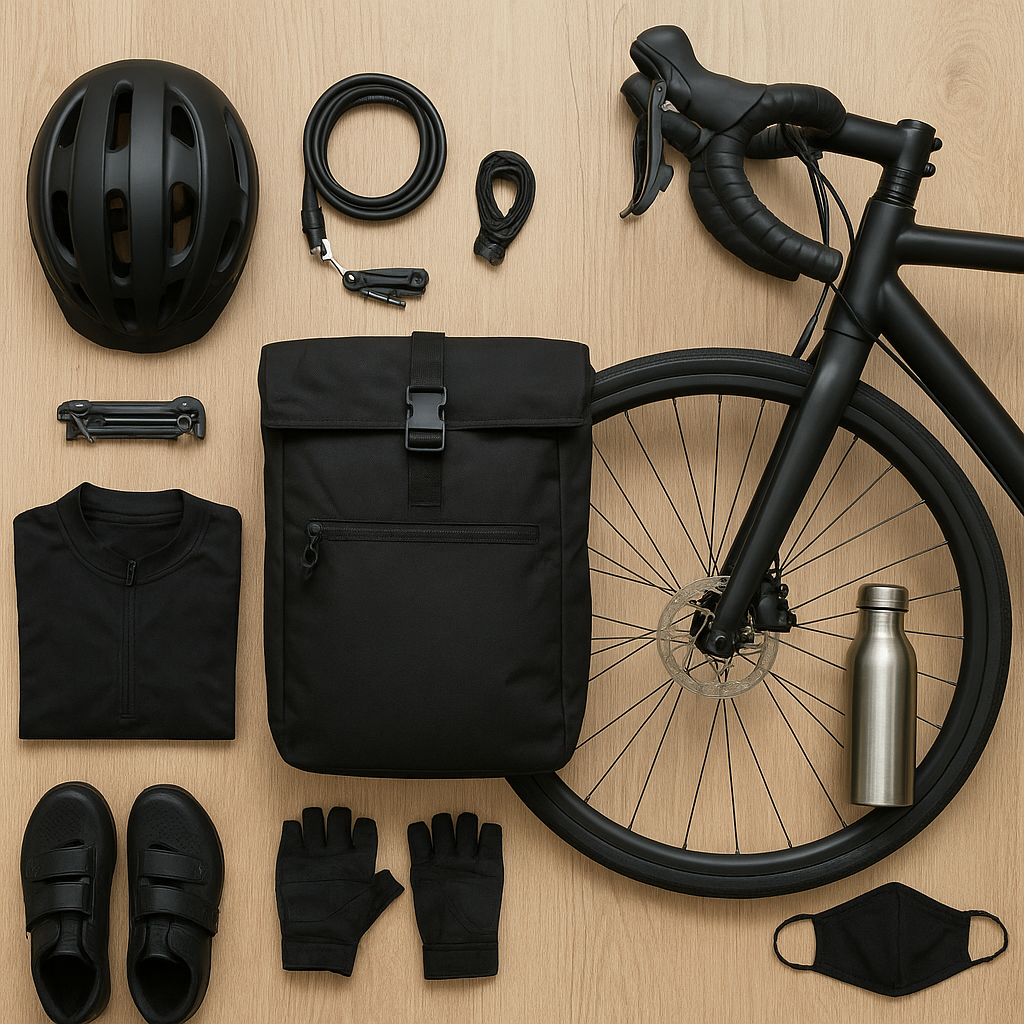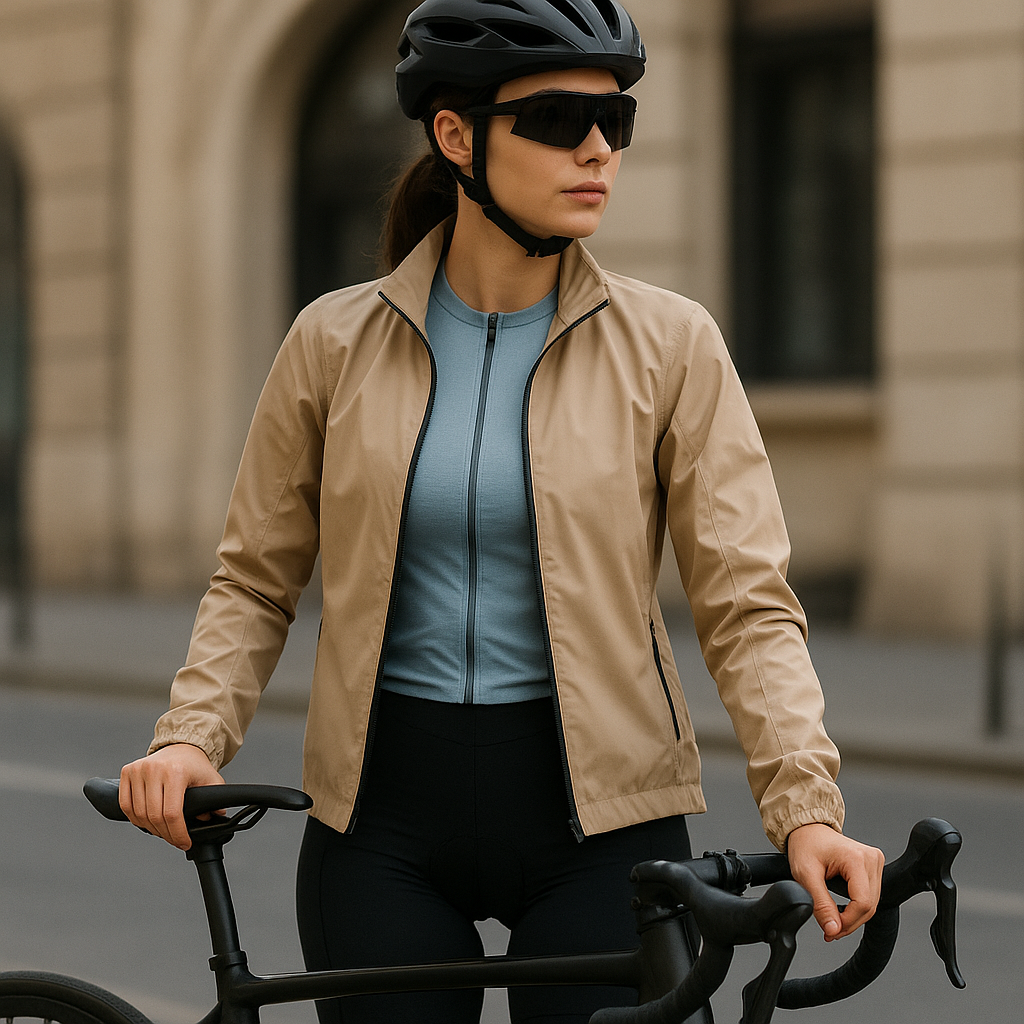Understanding the difference between BMX and Freestyle bikes is essential for anyone looking to delve into the world of cycling sports. While both types of bikes may appear similar at first glance, they are designed for distinct purposes and offer unique features that cater to different riding styles. This article aims to explore the key differences between BMX and Freestyle bikes, helping you make an informed decision when choosing the right bike for your needs.
What is a BMX Bike?
BMX, which stands for Bicycle Motocross, is a type of bike designed primarily for racing and off-road cycling. Originating in the late 1960s and early 1970s, BMX bikes were initially inspired by motocross motorcycles. These bikes are built to withstand the rigors of racing on dirt tracks, featuring jumps, tight turns, and other obstacles.
Key Features of BMX Bikes
- Frame: BMX bikes typically have a lightweight, sturdy frame made from materials like chromoly steel or aluminum. The frame geometry is designed to provide stability and control during high-speed racing.
- Wheels: The wheels on a BMX bike are usually 20 inches in diameter, which is smaller than those on most other types of bikes. This size allows for quick acceleration and maneuverability.
- Tires: BMX tires are knobby and wide, providing excellent traction on dirt tracks. They are designed to handle the rough terrain and jumps commonly found in BMX racing.
- Brakes: Most BMX bikes are equipped with a single rear brake, which is sufficient for the type of riding they are designed for. Some models may also feature a front brake for added control.
- Gearing: BMX bikes typically have a single gear, which simplifies maintenance and reduces weight. The gear ratio is optimized for quick acceleration and sprinting.
What is a Freestyle Bike?
Freestyle bikes, also known as BMX Freestyle bikes, are designed for performing tricks and stunts rather than racing. These bikes are built to withstand the stresses of jumping, grinding, and other high-impact maneuvers. Freestyle biking encompasses various disciplines, including street, park, vert, and flatland riding.
Key Features of Freestyle Bikes
- Frame: Freestyle bike frames are typically made from chromoly steel, which offers a good balance of strength and weight. The frame geometry is designed to provide a stable platform for performing tricks.
- Wheels: Like BMX bikes, Freestyle bikes usually have 20-inch wheels. However, the rims and spokes are often reinforced to handle the impact of landing tricks.
- Tires: Freestyle tires are generally smoother and wider than BMX tires, providing better grip on concrete and other hard surfaces. Some riders may choose specific tire patterns based on their preferred riding style.
- Brakes: Freestyle bikes often feature both front and rear brakes, allowing for greater control during tricks. Some models may also include a gyro system, which prevents the brake cables from tangling when the handlebars are spun.
- Gearing: Similar to BMX bikes, Freestyle bikes usually have a single gear. The gear ratio is chosen to provide a balance between acceleration and control during tricks.
- Pegs: Many Freestyle bikes come with pegs attached to the axles, which are used for grinding and other tricks. Pegs can be installed on the front, rear, or both axles, depending on the rider’s preference.
Comparing BMX and Freestyle Bikes
While BMX and Freestyle bikes share some similarities, their differences are significant enough to impact your riding experience. Understanding these differences can help you choose the right bike for your specific needs and preferences.
Purpose and Riding Style
The primary difference between BMX and Freestyle bikes lies in their intended use. BMX bikes are designed for racing on dirt tracks, focusing on speed, agility, and durability. In contrast, Freestyle bikes are built for performing tricks and stunts, emphasizing strength, control, and versatility.
Frame Geometry and Materials
Both types of bikes feature sturdy frames, but the geometry and materials used can vary. BMX frames are typically lighter and designed for quick acceleration and stability during racing. Freestyle frames, on the other hand, are often heavier and more robust to withstand the impact of tricks and stunts.
Wheels and Tires
While both BMX and Freestyle bikes use 20-inch wheels, the tires differ significantly. BMX tires are knobby and designed for traction on dirt, while Freestyle tires are smoother and optimized for grip on hard surfaces. Additionally, Freestyle bike wheels are often reinforced to handle the stresses of landing tricks.
Brakes and Gearing
BMX bikes typically have a single rear brake, while Freestyle bikes often feature both front and rear brakes for greater control during tricks. The gearing on both types of bikes is usually single-speed, but the gear ratios are chosen to suit their specific riding styles.
Choosing the Right Bike for You
When deciding between a BMX and a Freestyle bike, consider your riding goals and preferences. If you are interested in racing and off-road cycling, a BMX bike is likely the better choice. These bikes are designed for speed and agility, making them ideal for competitive racing and dirt track riding.
On the other hand, if you are more interested in performing tricks and stunts, a Freestyle bike is the way to go. These bikes are built to handle the stresses of jumping, grinding, and other high-impact maneuvers, providing the control and durability needed for Freestyle riding.
Additional Considerations
When choosing a bike, it’s also important to consider factors such as your budget, skill level, and personal preferences. Both BMX and Freestyle bikes come in a range of prices, from entry-level models to high-end options. Additionally, some bikes may offer features that cater to specific riding styles or preferences, such as adjustable handlebars, custom paint jobs, or specialized components.
Conclusion
Understanding the difference between BMX and Freestyle bikes is crucial for making an informed decision when choosing the right bike for your needs. While both types of bikes share some similarities, their distinct features and intended uses set them apart. By considering your riding goals, preferences, and budget, you can select a bike that will provide the best experience and help you achieve your cycling aspirations.
Whether you’re racing on a dirt track or performing tricks at the skatepark, having the right bike can make all the difference. With the information provided in this article, you are now better equipped to choose between a BMX and a Freestyle bike, ensuring that you get the most out of your cycling adventures.












